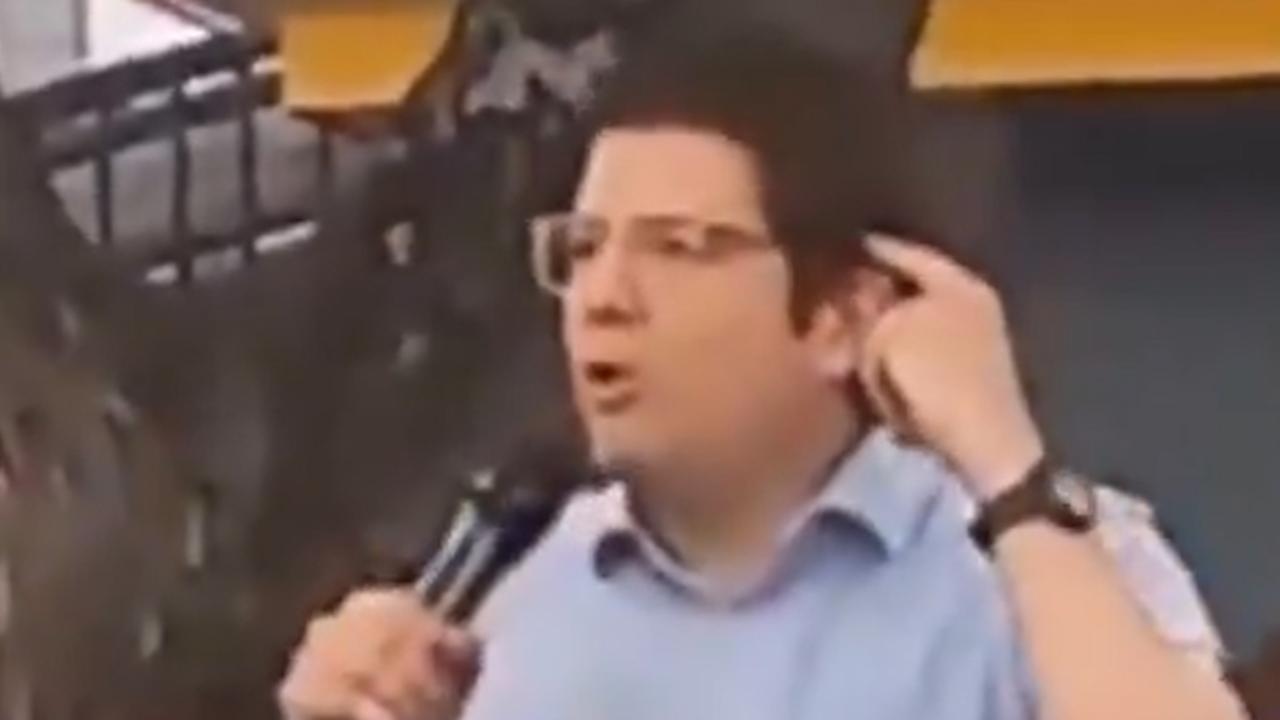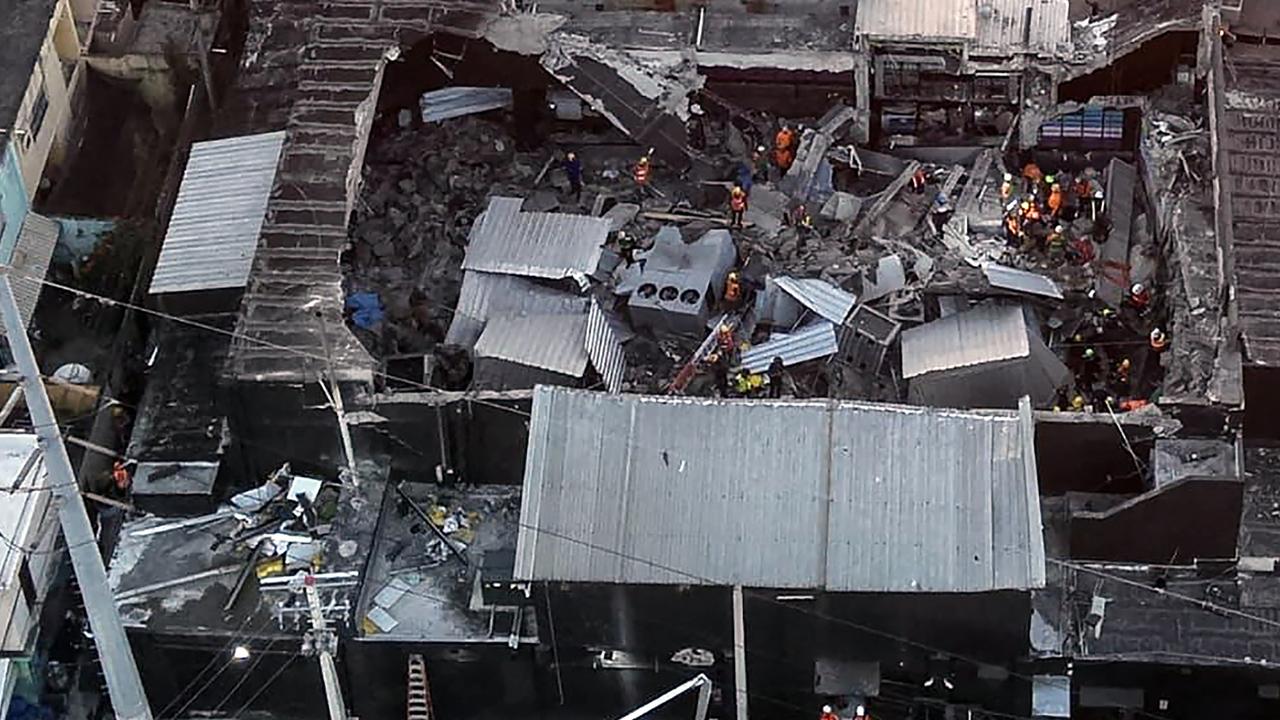What’s hidden inside cocaine imported to Australia
The seven steps to making cocaine have been revealed and while many Australians are addicted to the party drug — what’s inside it is vile.
Millions of Australians are addicted to party drugs like cocaine — but don’t have a clue about the way it’s made.
Or the problem drug users cause for other countries and their police forces who face being killed while trying to stop us getting exposed to deadly narcotics.
The Narcos on the front line docuseries has revealed drug cartels’ seven steps to making cocaine — and it’s anything but glamorous.
It begins in the jungle labs in the mountains of Colombia.
Farmers strip coca leaves from plants – 500kg of leaves are needed to make 1kg of cocaine.
Then a whipper snipper is used to cut the coca leaves, resulting in what looks like a pile of garden clippings.
Watch the trailer of the Narcos on the front line docuseries above.


Cement is then added to the coca leaves to bind the coca leaves – the same way its used to bind concrete and mortar.
The cement and coca leaf mixture is put in a 44 gallon drum filled with petrol, creating a slimy sludge.
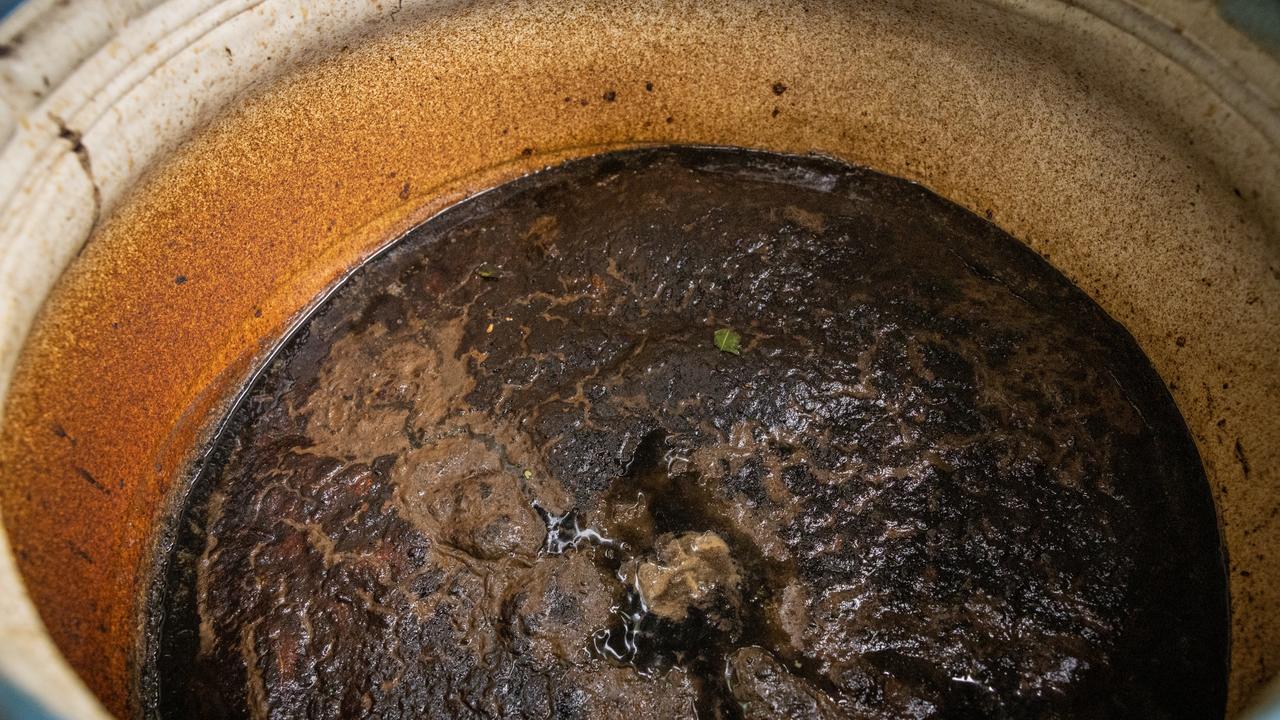
Sulfuric acid separates the cocaine paste from the petrol.
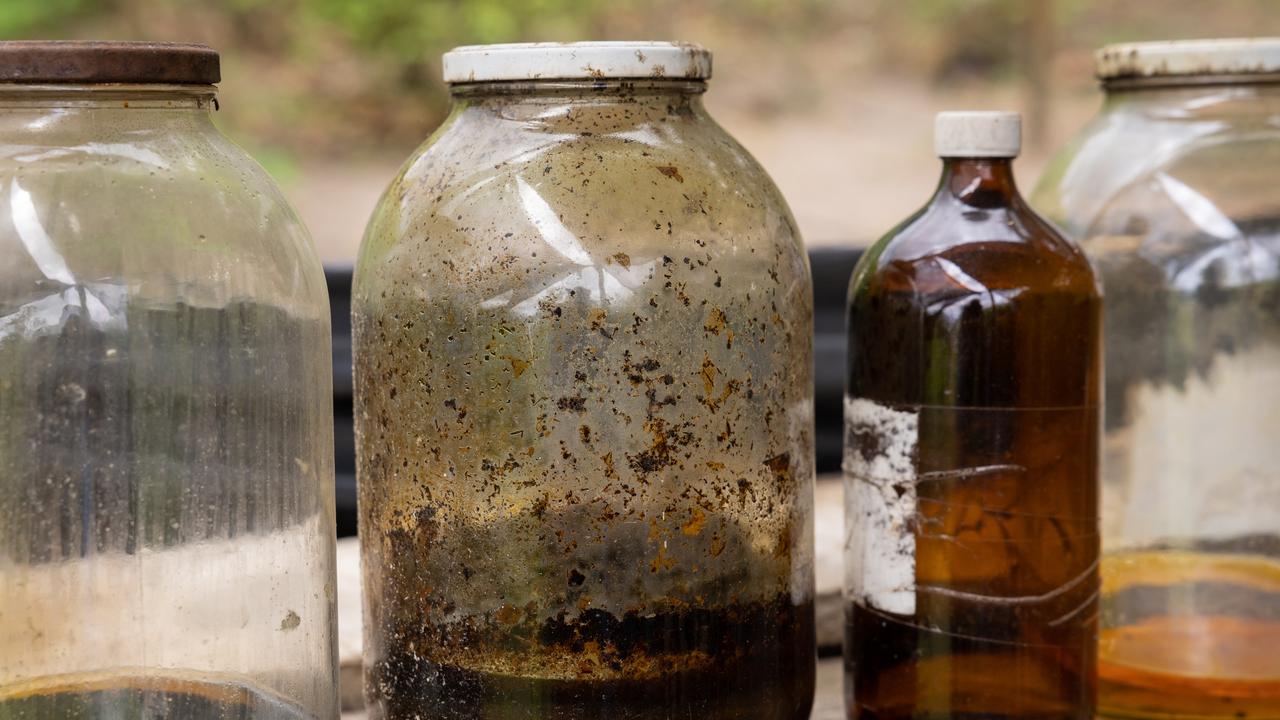
Farmers send the cocaine paste on to drug cartels for about US$1000. The demand is so high, pushing the price of the drug on Australian streets up to between $120,000 and $400,000 a kilogram.

Law enforcement who were at a secret drug summit in Sydney recently fear this will only continue to increase.
The acids and toxic chemicals used in production then wash into Colombia’s waterways.
Major drug cartels like the Sinaloa and Jalisco New Generation Cartel (JNGC) in Mexico use a range of methods to protect their drug crops from police and local rivals.

An undercover Australian Federal Police agent in Colombia revealed to Narcos on the front line they use booby traps of all forms are used to protect coca leaves and coca production.
“They’re used to stop unwanted people venturing in, and that could be rival stealing cocaine or stealing coca leaf,” he said.
From here, powerful drug cartels move the illicit substance on to Australian streets by making deals with groups including Comanchero, Lone Wolf and Hells Angels bikie gangs.

Colombia National Police Major Luis Guillermo Narvaez Freyre said the “huge value” of cocaine in Australia is very productive for a criminals to sell drugs.
“ … the huge value of cocaine in Australia, for instance, it is very productive for a criminal or for a Narco to sell a kilo in Australia because it’s a very high value and the earnings are incredible,” he said.
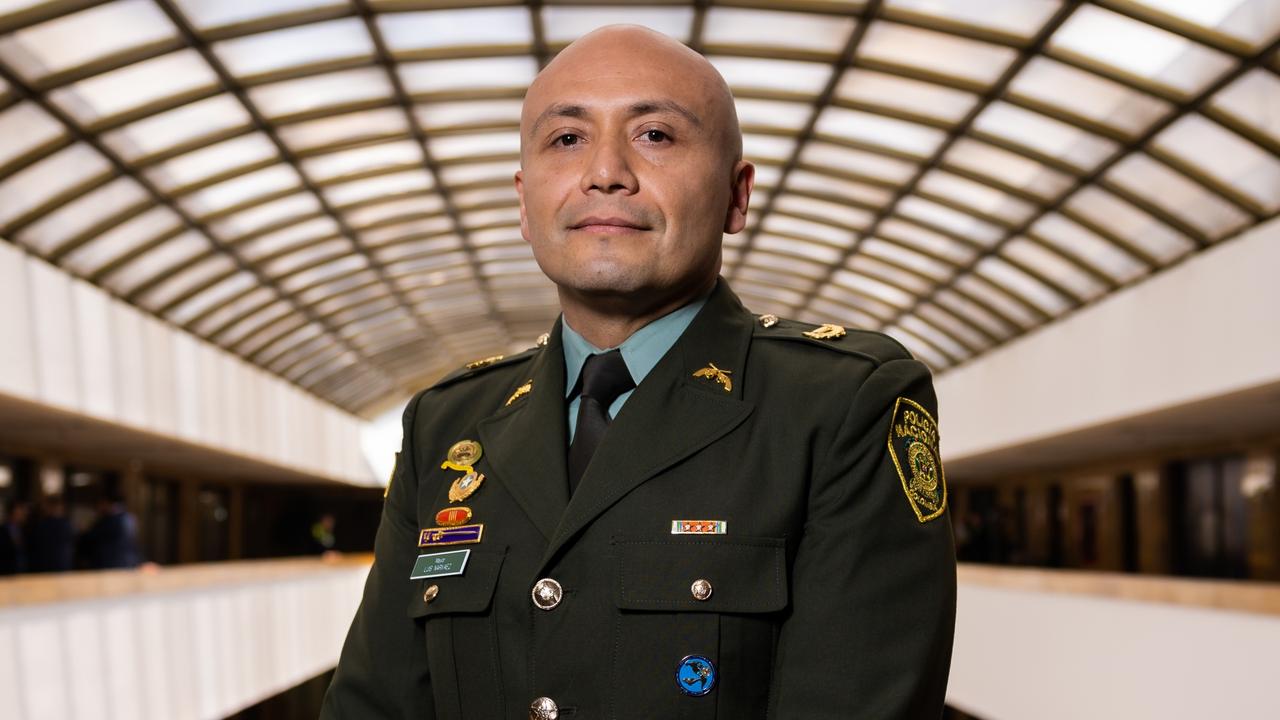
“So that is something that leads them to take drugs to that country. Of course, there are some issues related to the consumption, but that’s how a problem there is worldwide.
“And this is how we can identify that drug traffickers change the routes to Australia and they can shift to Mexico, they can shift to different countries depending on the demand in these places.”
Australian Federal Police Assistant Commissioner Kirsty Schofield said our country will not stop in its pursuit of shutting down organised crime networks.
“The AFP is global. We are working across 33 countries around the world,” she said.
“That’s where we have our offices. But we actually have representation through those offices and all the countries in the world, and we work really closely with our partners offshore. One of the things that the AFP is really committed to is taking the fight offshore to stop the drugs at the source, to stop the Mexican airports in the first and first place.”


